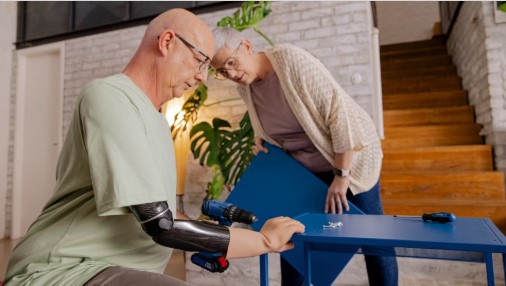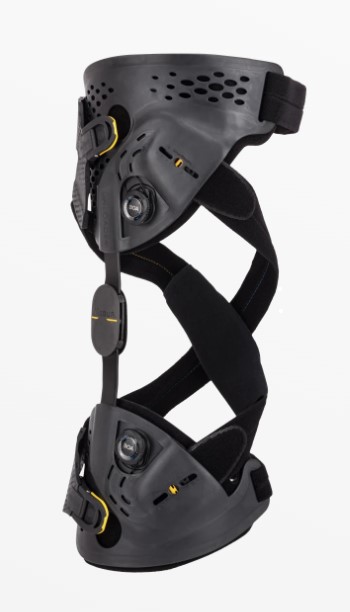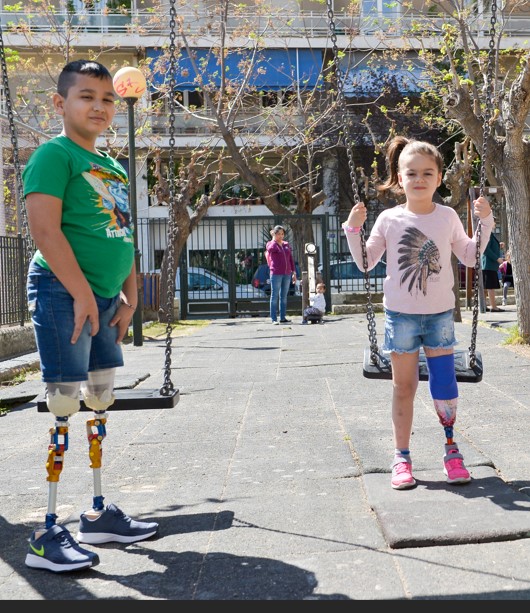_1200.jpg)
At CRC, Kostas works in the productive part, he is responsible for the measures and the monitoring so that, together with the technicians, each member is constructed.
At CRC, Kostas works in the productive part, he is responsible for the measures and the monitoring so that, together with the technicians, each member is constructed. An average of one amputation is recorded every day in Greece. Some of these cases will not survive, while others are not amenable to artificial limbs due to weakness, advanced age, or can not afford the cost.
Instead of dwelling on another record of the causes and possibly an analysis of the driving behavior of the Greeks or to find out once again how unfriendly Greece is to people with disabilities, it is more interesting to look at how it is improving. –The quality of life of these people is now almost completely restored through the use of prostheses.
When someone is amputated, after the stitches are cut and the wound heals, he will visit the prostheses. I first heard about the Chronopoulos Rehabilitation Center (CRC), one of the few artificial limb manufacturing companies in Greece, when I first met Ismini King, a sculptor who has been working for the company for three months.
The biggest factor of difficulty in our profession is the psychology of the patient. We often have to deal with psychological fluctuations and we must have the appropriate handling, to listen to the problem. They are missing an end, their daily lives are changing and we must be condescending.
I was very impressed that an artist has chosen to recruit his art in the social offer, in a completely different way from what we are used to: not for the aesthetic enjoyment of the public, but for something much more practical. I immediately wanted to know more about the nature of her work and so I found myself in the company building in Ampelokipi, one afternoon when they finished the day's work and had just completed a rehearsal with a client.
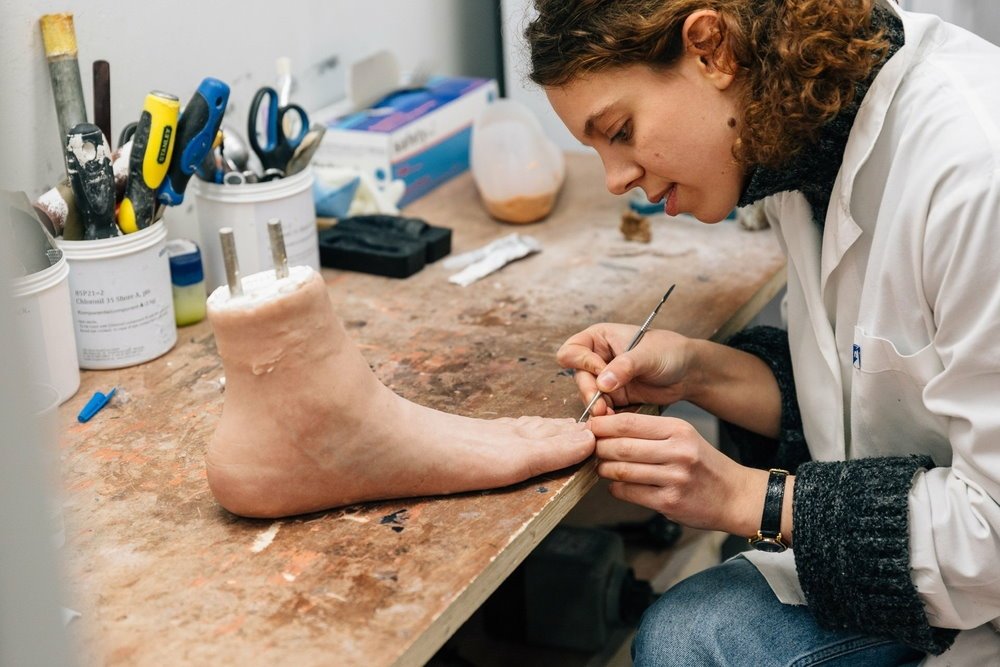
Ismene works with silicone and wax and makes sure that the limbs - feet, hands, fingers, ears - are realistic.
Ismene works with silicone and wax and makes sure that the limbs - feet, hands, fingers, ears - are realistic. Photo: Paris Tavitian / LIFO Ismene, then, has finished Fine Arts with a master's degree at the Slade in London. He decided to return to Greece after five years in England. "After finishing my studies, she somehow started to eat her return or whether it really suits me to stay there. I got into a big dilemma because I was nominated for an award and a studio. But I did not feel that I had lived in Athens, so I wanted to give it opportunities. I see her very changed since I left. "I was curious to go back and see what is in a place familiar, but also new to me, to see if what they say about him is valid and what I can do about the situation.
"The position in the CRC came about by chance for Ismene. He has undertaken the aesthetic part of the construction of the prosthetic members. It works with silicone and wax and makes sure that the limbs - feet, hands, fingers, ears - are realistic.
"The goal is not to make the limb look artificial, so it must be faithful to the detail of the human anatomy. We take molds from the existing member, as well as the skin color from a color chart, and create the mold for the new one. With the wax I will make the details, the fingerprints and the folds of the skin, I will carve it and after that I will make the mold where the silicone will be inserted. "When I applied for the job, I had in mind that I have already worked a lot with silicone, it was a material that I was interested in for my sculptures".
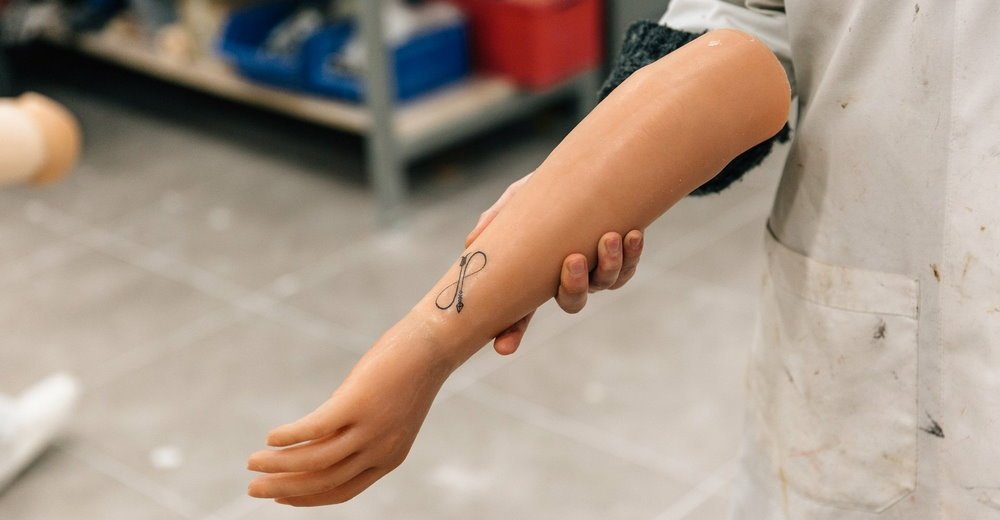
The hands are a difficult part, because the human hand makes 2,500 movements.
The construction of an artificial member starts from a plaster mold on which resin materials with various foundries are used and the case is made of carbon fiber. Most have titanium metal parts that are then coated with the silicone that Ismene works on. At the same time, measurements from the patient's data, based on age, activity level, weight and other data are collected on the computer, so that, for example, one knee "understands" the stiffness and how much it needs to soften in the various movements.
On the ground floor of the CRC building is the shop and the reception, on the first floor the laboratory and above the rehearsal and physiotherapy rooms with the clients, the places where the members take the measures and are tested. "At the CRC, we get up those who have 'fallen' and make them walk," Dimitris Chronopoulos, the company owner and a man who has been doing the job since he was 13, will tell me.
As he guides me through the workshop, he remembers the first time he saw a prosthetic member on the bus, the first time he came to Athens, as a child, from his village, Andritsaina. "Then I found myself in the shop of a German who did this job, I saw skins, hammers, bevels. My father was a shoemaker, I knew all this. He kept me in training, then he sent me to Germany for two years at his own expense. Finally I sat in it for twenty years and from '93 I made my own "
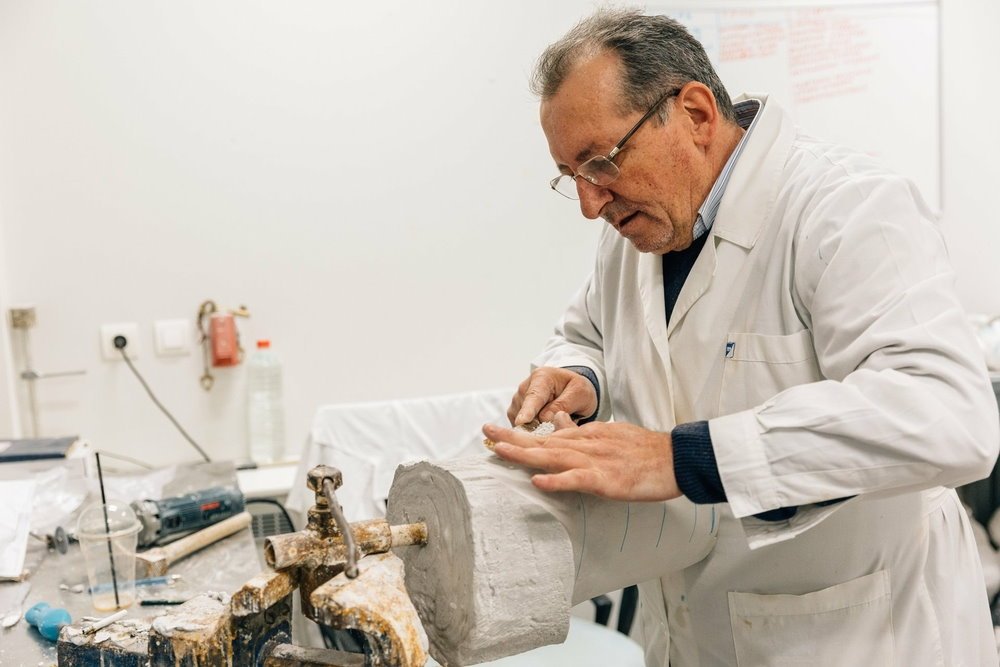
We are the "black sheep". "The doctor did the amputation, but they ask us for everything."
CRC currently has about 2,500 customers. Every day, an average of fifteen people come to its premises, new incidents, old ones that need correction or maintenance, everyday people or people who are involved in the championship and have high demands, such as Paralympian Michalis Seitis who these days changes his artificial leg as he prepares for his participation in the new cycle of the television dance talent show "Dancing With The Stars".
The son, Κostas Chronopoulos, prosthetic orthotist, has also studied the subject abroad, continuing the tradition of his father. "Prosthetics ha ve to do with artificial limbs and orthotics with braces at extremities that have some weakness or deformity. In Greece there is no such a specialty, you study it abroad at university level, with a four-year bachelor's degree ". At CRC, Κostas works in the production department, he is responsible for the measures and the monitoring so that, together with the technicians, each member is made
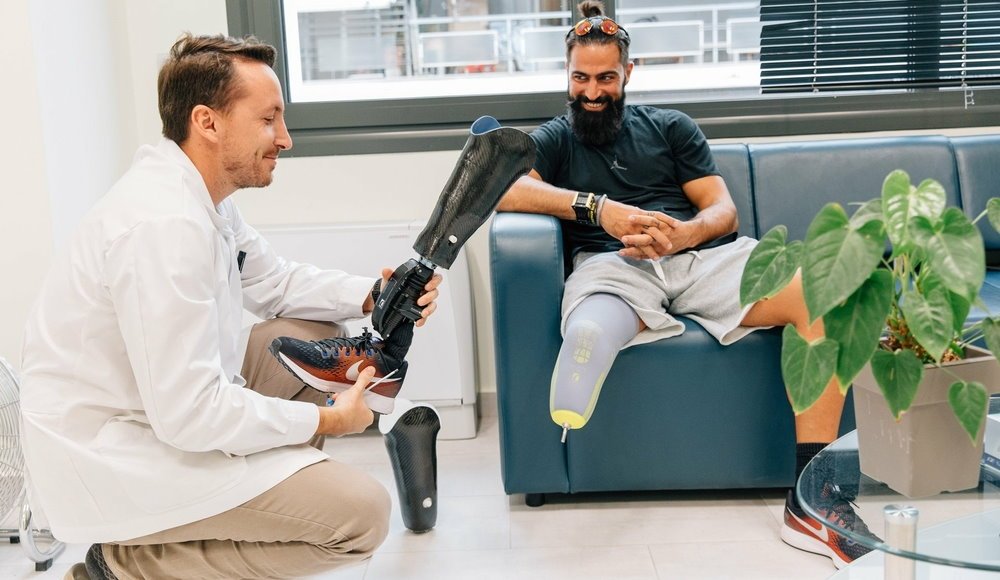
Paralympian Michalis Seitis these days is changing his artificial leg as he prepares for his participation in the new cycle of the television dance talent show "Dancing With The Stars".
"The biggest factor of difficulty in our profession is the psychology of the patient. We often have to deal with psychological fluctuations and we must have the appropriate handling, to listen to the problem. They are missing an end, their daily lives are changing and we must be condescending. Generally, from one point onwards patients are comfortable, the difficulties are in the beginning when they are still in the hospital after the amputation. We must be optimistic and gain their trust in order to then reintegrate them at the best operational levels ", explains Kostas and Mr. Dimitris adds characteristically:
We are the "black sheep". The doctor did the amputation, but they ask us for everything. They used to wear the wooden, leather ones that made wounds all over the world. As the years go by the materials improve. The soles, say, made of carbon fiber are very sophisticated as the force you put in is attributed as energy. The hands are a difficult part because the human hand makes 2,500 movements. "Few people will make many movements with their mechanical hand, it comes in more for support - unless they have lost both hands."
Paralympian Michalis Seitis these days is changing his artificial leg as he prepares for his participation in the new cycle of the television dance talent show "Dancing With The Stars". Photo: Paris Tavitian / LIFO An artificial leg with a height below the knee costs 3,000-6,000 euros, while in special cases the cost goes up. When the leg extends above the knee, it costs 6,000-12,000. If we move to mechanical automations that "move" with springs, we are talking about about 30,000 euros. EOPYY covers 3,000 for below the knee and 4,500 for above the knee.
In the not too distant future, they believe that it will be possible to weld the artificial limbs, as close as possible to complete restoration. "Years ago it was in my imagination that someone could normally go down the stairs with an artificial limb," recalls Mr. Dimitris, and Costas explains:
"The field is evolving. Electronic joints, the so-called high-tech "bionic members", have been introduced. Every three years, lighter, smarter and more flexible mechanisms come out that we have to monitor. The big leap will happen when our branch moves to medicine, when we will not really need an artificial limb but we will talk about tissue regeneration and after some surgeries the patient will have a real limb again ".
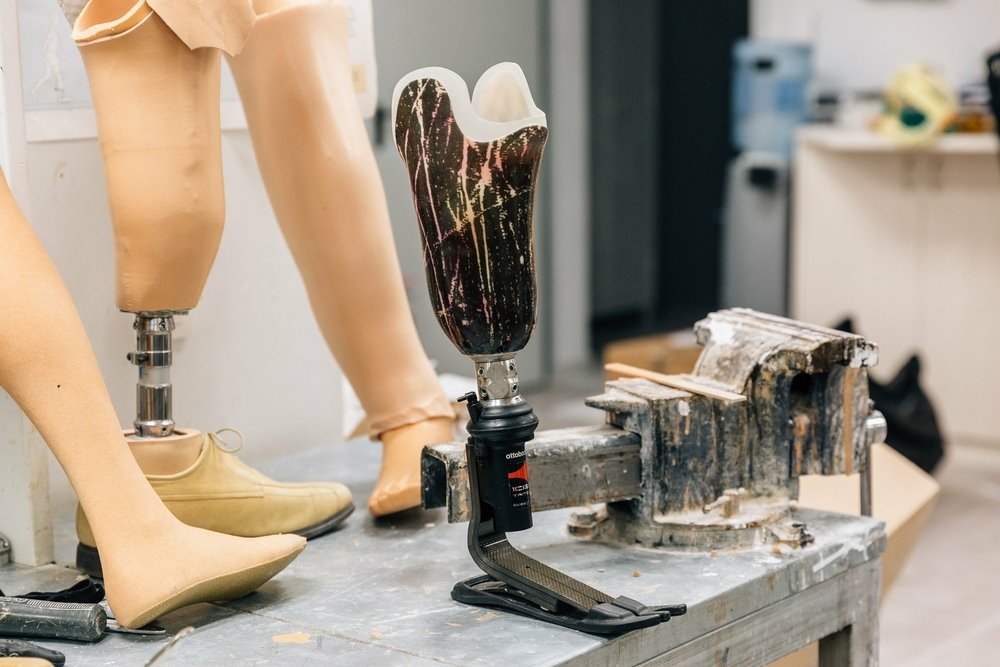
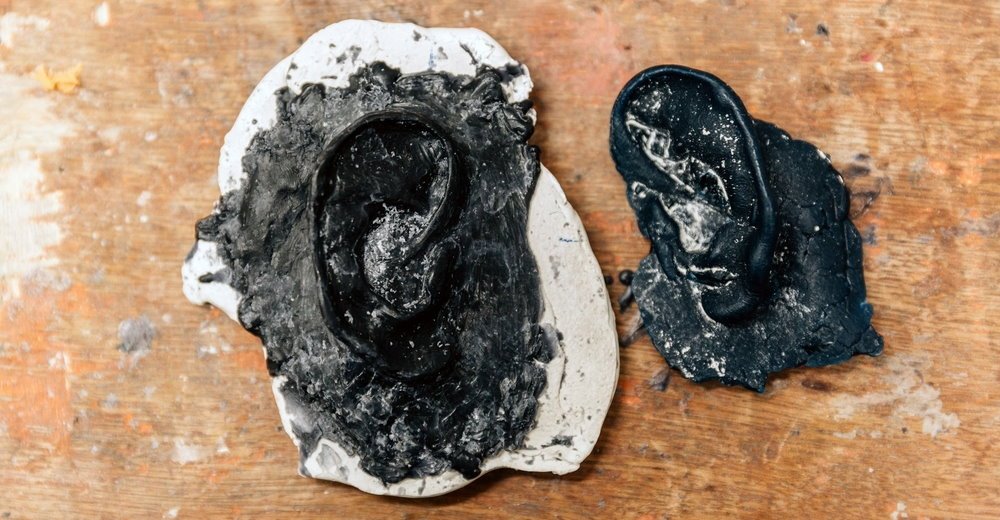
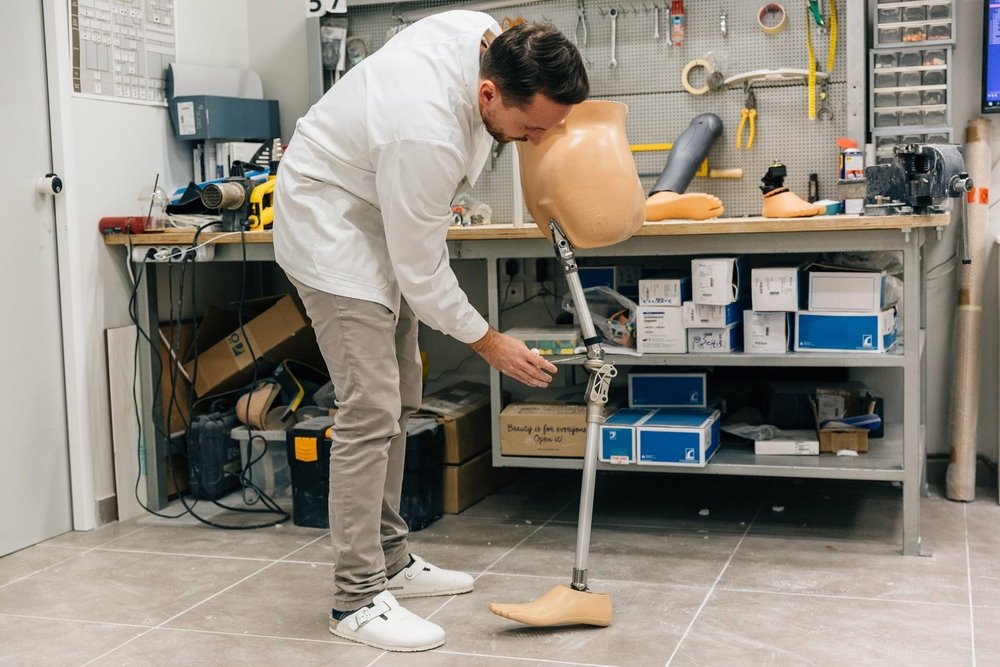
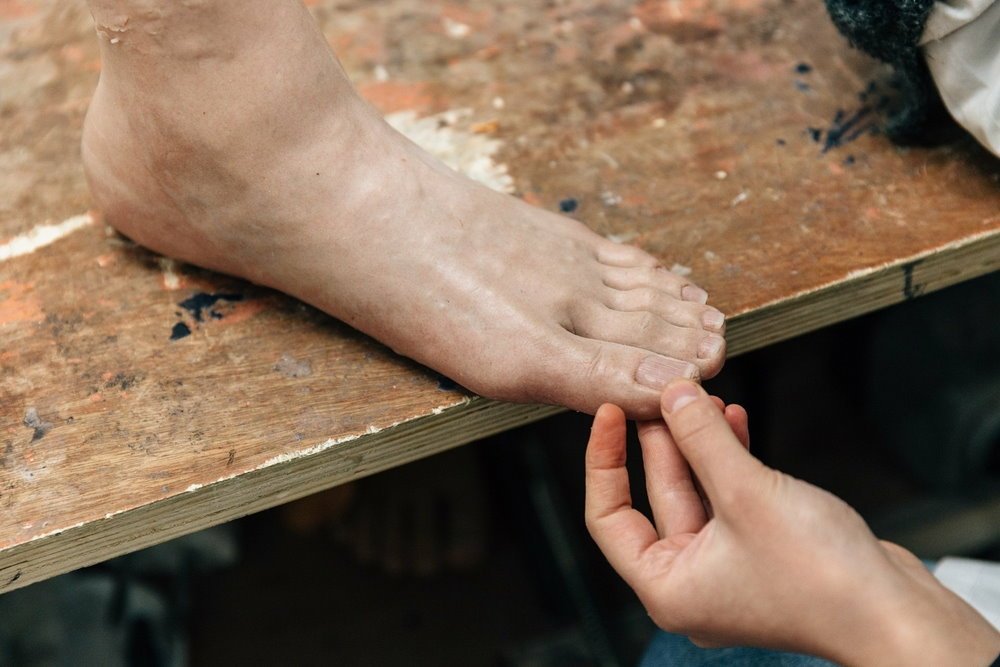
Every day, an average of fifteen people come to their clinic, new cases, old ones that need correction or maintenance, everyday people or people who are involved in the championship.
